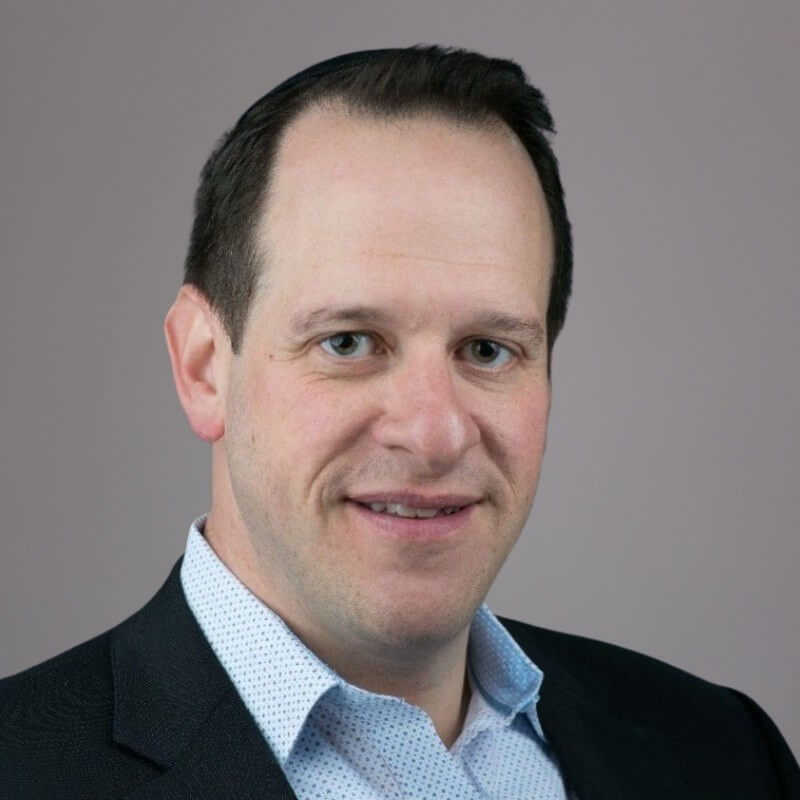The rise in drug costs to clinics and hospitals is slowing in 2013 compared with previous years, although costs for medications will still increase by as much 4 percent.
Wider availability of less expensive generic products is a primary driver in moderating drug costs, according to a reportreleased Friday in the American Journal of Health-System Pharmacy, published by the American Society of Health-System Pharmacists (ASHP).
“In the aggregate, drug expenditure growth is moderating, especially in the hospital setting,” said James M. Hoffman, Pharm.D., who is the medication outcomes and safety officer and an associate member in the Pharmaceutical Sciences Department at St. Jude Children’s Research Hospital in Memphis, Tenn., and the report’s principal author.
Based on a variety of data, including new drug approvals and patent expirations, the authors project a 1–3 percent increase in drug expenditures across all settings; a 2–4 percent increase in expenditures for clinic-administered drugs; and a 1.5 percent increase in hospital drug expenditures for 2013.
The authors of the report, “Projecting Future Drug Expenditures in U.S. Non-Federal Hospitals and Clinics—2013,” looked at drug expenditure trends in 2011 and 2012 to project future drug costs and examined the factors likely to influence them.
However, the cost of certain specific drugs, such as those frequently used in clinics like cancer therapies, are increasing dramatically, the report said.
From September 2011 to September 2012, prescription sales in the U.S. totaled $326 billion, a 0.8 percent increase from the previous 12 months and the lowest growth rate in recent history.
The authors attributed this slowing to modest increases in expenditures for new products (3.3 percent) and pricing of existing products (5.9 percent), coupled with a marked decline in overall volume and mix (less than 8.4 percent).
Retail pharmacies, mail-order pharmacies and clinics accounted for the majority of prescription expenditures. Oncology medications and biologics continue to be large and important expenditures for hospitals and clinics, the report said.
Antineoplastic agents, or anti-cancer drugs, were the top medication expenditures in non-federal hospitals in 2012, accounting for 15.1 percent of all hospital drug expenditures in 2012, while oncology products accounted for 32.2 percent of drug expenditures in clinics during the first nine months of 2012.
Hoffman noted the significant number of expensive cancer therapies that have been approved in recent years. “We have reached a new threshold where a course of treatment for some new cancer therapies can cost more than $100,000, which illustrates the growing challenge oncology drug costs present to hospitals and clinics,” he said.
Other developments will influence prescription drug costs in coming years, including the Food and Drug Administration’s establishment of an abbreviated approval process for “biosimilars,” which are interchangeable with an FDA-licensed biological product, and other actions to introduce generic drugs into the medication pipeline.
Data for the analysis were obtained from the IMS Health National Sales Perspectives (NSP) database, which is derived from more than 1.5 billion annual transactions from pharmaceutical manufacturers and distribution centers.
From: Healthcare Finance News

Michael is an accomplished leader with deep expertise in the healthcare sector. As the CEO of Prime Source, he has driven innovation and strategic growth in healthcare procurement and management. His extensive knowledge of the industry has made him a sought-after speaker, regularly lecturing at trade groups, seminars, and to industry executives on the most pressing healthcare trends and challenges. Michael is passionate about exploring the intersection of business and healthcare, providing thought leadership that shapes the future of the field.
